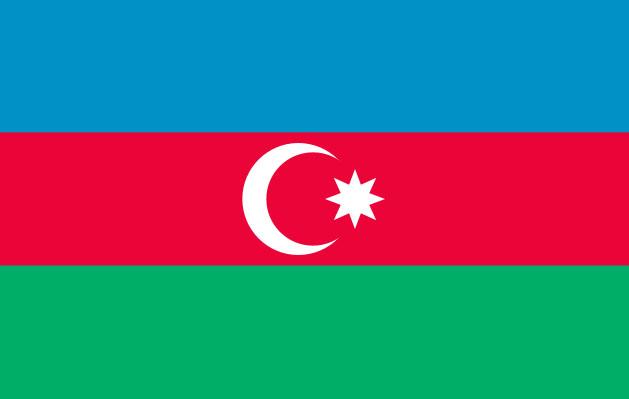Did you know?: The Evolution of the Arabic language in the Silk Roads
© UNESCOAlong with cultural elements, traditions, and religious beliefs, languages also travelled on the Silk Roads. Spread into the western regions of the Silk Roads, Arabic is one of the languages that was diffused as Arab merchants and scholars travelling along the Silk Roads helped promote the diffusion of their language to various regions.
Arabic, which first emerged in the northwest of the Arabian Peninsula, is a member of the Semitic family of languages which also includes Hebrew and Aramaic. Whilst very early manifestations of Arabic date back as far as the 8th century BCE, the language has been defined and refined over a considerable period of time. A significant amount of this development occurred between the 3rd and 6th century AD, with further additions made to the script in the 7th century AD when ancillary signs were added to letters in order to avoid ambiguities over how to read text. The 10th century in particular saw intense interest amongst Arabic linguists and during this time no fewer than six Arabic dictionaries were compiled alongside more specialized works aimed at presenting particular varieties of vocabulary such as synonyms and homonyms.
Various dialects were spoken by the nomads and traders of the central and northern Arabian Peninsula. It is generally supposed the origins of modern dialects are to be found in these ancient languages of the central and northern Arabian Peninsula. Migration of these groups favoured the spread of different Arabic vernaculars to the South of the Peninsula as well as to the regions of Mesopotamia. As such Arabic spread, along with Islam, to far corners of the earth. The nomads took their language with them westwards to Northern Africa, and North to the edges of the Taurus Mountains. In Northern Africa, the mingling of different tribes along with the various local languages of these diverse areas favoured the gradual emergence of local dialect forms. Coming into contact with the underlying speech forms present in these diverse regions, Arabic dialects evolved into the various vernaculars of today, which have been influenced not only by ancient local dialects but also, in more recent times, by European languages such as French, English, Italian and Spanish.
Furthermore, in its early development, contacts with the languages of societies with a flourishing cultural life, such as Persian or Greek, left traces in the Arabic language. For example Arabic notably borrowed terms from Persian relating to crafts, fine arts and administration. Meanwhile, some translations from the Greek to Arabic would simply borrow Greek words. Likewise sentence structure underwent similar influences from the various cultures Arabic came into contact with over time.
Arabic language also had a major role in the various exchanges on the Silk Roads, especially regarding the interactions between scholars of the Muslim world. From the 8th century onwards, as Baghdad was one of the main centre for sciences and astronomy, Arabic became the main language of study in the fields of science.
Therefore, since Arabic language was at the heart of the scientific and cultural exchanges, these various interactions and cooperation in diverse domains contributed to its diffusion along the Silk Roads, and thus to its enhancement.
See also:
Iraq, a Centre of Exchanges along the Silk Roads
The Spread of Islam in Southeast Asia through the Trade Routes
Nara at the end of the Silk Roads
Ancient Monastic Hospital System in Sri Lanka
Brunei in the Maritime Silk Roads
Khwarazm Region and the Silk Roads
Quanzhou – The Heart of the Maritime Silk Roads
Mongolian Nomadism along the Silk Roads
The Spread of Buddhism in South and Southeast Asia through the Trade Routes
Sayyid Bin Abu Ali, a True Representative of Intercultural Relations along the Maritime Silk Roads




